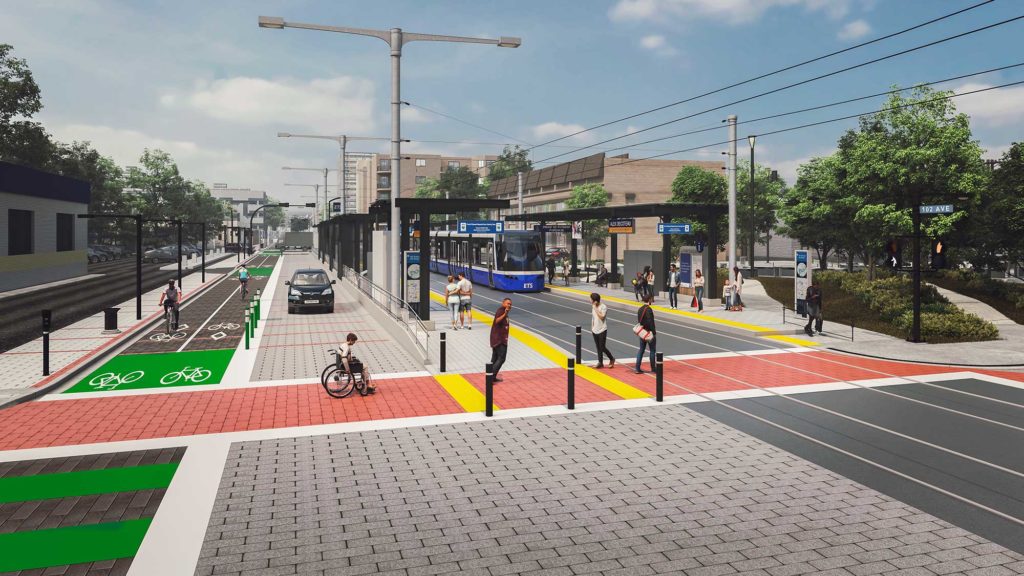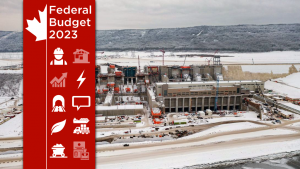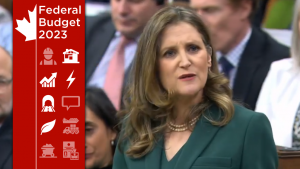Edmonton Mayor Amarjeet Sohi recently singled out the public-private partnership (P3) model as one reason for delays on the city’s Valley Line LRT project after TransEd’s CEO announced earlier this month that cracks had been found in many of the concrete track support piers under elevated LRT tracks.
But can the model be blamed?
Lisa Mitchell, president and CEO of the Canadian Council for Public Private Partnerships, said the model is about shifting costs towards private industry and away from taxpayers.
While she couldn’t speak to the specifics of the Edmonton LRT project, in a general sense the P3 model is designed to minimize risk to municipalities and other levels of government.
“With some variation of the specifics largely design and construction work in P3s is transferred to the private sector. When these things pop up, they’re large, complex projects, especially (with) linear projects. There’s been a lot of research about how difficult large transportation megaprojects can be and how there’s a lot of risk involved,” Mitchell said.
“My view is this is the prime situation for what the model is designed to protect taxpayers. When there are challenges and issues, the risk is transferred and then that’s for the private sector to deal with and find solutions.”
Mitchell added the P3 model can be complicated but that “there’s a lot of misunderstanding about what the model is, why it exists and how it works.
“Oftentimes when things go wrong in a traditional build, nobody turns around and says it was the procurement model’s fault. Things go wrong in projects. It’s just inherent in building public infrastructure, especially things that are long and linear civil projects,” she said.
“It’s there to protect taxpayers and everybody knows what they’re getting into. You’ve got a fixed price contract, the expectation lines are clear and the performance is clear. As challenges come up, because they do come up, P3s don’t fix those things necessarily but who’s responsible for looking after it is pretty clear.”
She added it’s unclear how more recent problems such as COVID-19, supply chain disruptions, inflation and other issues have impacted P3 projects specifically without more perspective.
“Regardless of what procurement model you’re using, everybody is dealing with that and its overall impact and the rising cost of public infrastructure. It’s just the nature of where we are,” she said. “P3s are not for every project, so it’s difficult to say its impacted P3s across the board, because you’re only talking about through the two-and-a-half years we’ve been dealing with COVID and now post-COIVD impacts, there are only a small number of public infrastructure projects going forward for procurement that will be P3s regardless of the situation. It’s not like there’s a massive dataset to draw from.”
She added public and private sector partners continue to engage in dialog about the benefits of P3 models and how to adapt to current market circumstances.
“The P3 model in the Canadian context has been here for 30-plus years. The way we did it in the mid-to-late ‘90s looks very different than the way we do it now,” Mitchell said.
“We’ve always adapted, we’ve always evolved. So how do you take those basic principles and work together collaboratively to find solutions so that you can still harness the benefits of what the P3 model is all about?” she added.
“I think the industry is really keen on finding solutions. It’s not ‘this is too tough’ and we walk away. It’s very much about, ‘let’s get to the table, let’s find solutions because the model has its benefits when applied correctly in the correct circumstances.’ So I think it’s an ongoing conversation.”
Follow the author on Twitter@JOCFrey.









Sorry, this simply not so. As has been the case with Ottawa’s LRT P3, the “risk” is quickly disputed when problems arise. More basic, the risk premium required to make a P3 competitive vastly exceeds the actual experienced risks of standard processes as AG investgations have found. P3s have created huge problems in the UK health system.